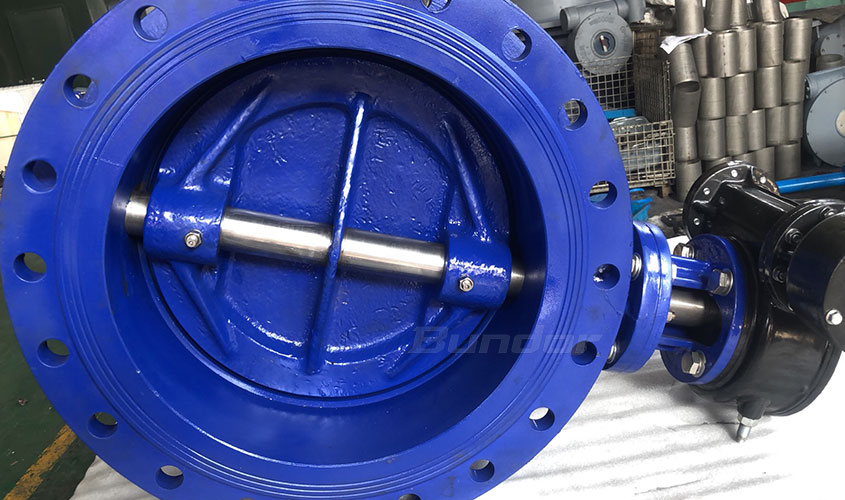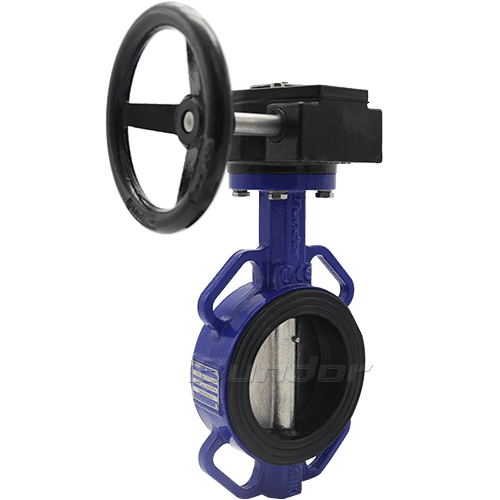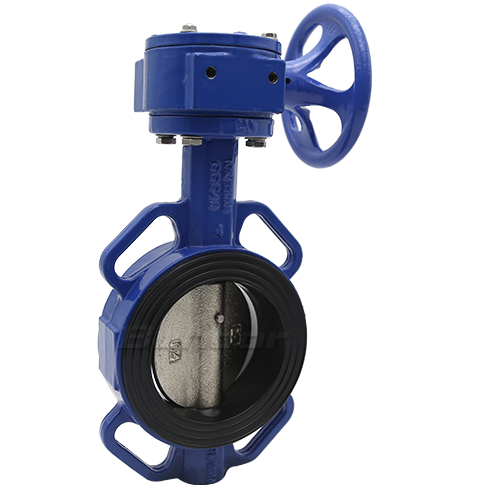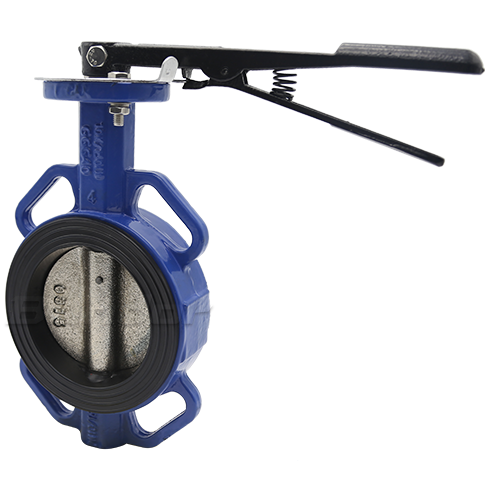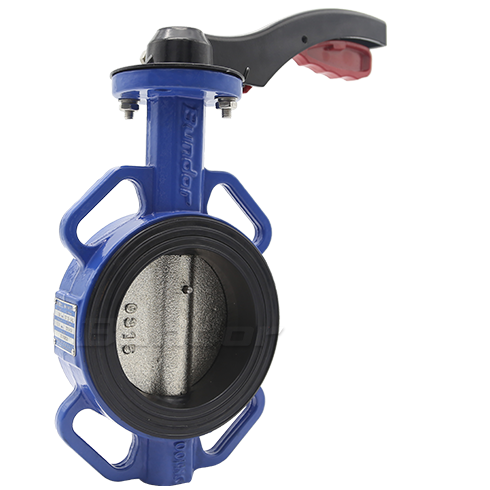A shut-off valve should be installed at the starting point of the trunk, branch, and branch lines of the heating pipeline.
Sectional valves shall be installed on the trunk line of the hot water heating network. The interval between the segmented valves should be: the transmission trunk line, 2000 ~ 3000m; the transmission and distribution trunk line, 1000 ~ 1500m. The steam heating network does not need to install the segmented valve. Two-way sealed valves shall be adopted for the section valves of the connecting trunk line between the heat sources of the multi-heat source heating system and the ring line of the ring pipe network.
The gate valve on the pipeline with a working pressure greater than or equal to 1.6MPa and a nominal diameter greater than or equal to 500mm should be installed with a bypass valve. The diameter of the bypass valve can be selected as one-tenth of the diameter of the valve.
When the water supply capacity of the heating system is limited and it is necessary to control the water flow rate of the pipeline or the steam pipe starts the heating pipe to control the steam volume, the pipeline valve should be equipped with a bypass valve with a smaller diameter as the control valve.
When the dynamic hydraulic analysis needs to extend the closing time of the segmented valve of the transmission trunk line to reduce the pressure transient value, the method of connecting the main valve in parallel with the bypass valve should be used to solve the problem. The diameter of the bypass valve can be a quarter of the diameter of the main valve. The main valve and the bypass valve should be controlled interlockingly. The bypass valve must be in the open state before the main valve can be closed, and the bypass valve can be closed after the main valve is closed.
For valves with a nominal diameter greater than or equal to 500mm, electric drive devices should be used. For valves remotely operated by the monitoring system, their bypass valves should also be electrically driven.
The thermal pipe network generally refers to the part from the outlet of the heat exchange station to the indoor standpipe of the user. The valves used are as follows:
1. Butterfly valves and gate valves are generally the most commonly used at the outlet of the circulating pump of the heat exchange station. The specifications are selected according to the pressure of the heat pipe network.
2. Gate valves and butterfly valves are generally the most commonly used from the heat exchange station to the user's outdoor. When it is necessary to add a flow valve, consider installing a flow valve. The drain valve is generally a small cast iron gate valve.
3. Brass ball valves or brass gate valves are generally used in the user's room, and brass ball valves or brass gate valves can be used if a drain valve is required.
4. Valves used for pressure gauges and thermometers or sensors are usually built-in, and are selected according to the matching set.
The above is the whole content of "What are the valves for thermal pipe network" introduced to you. Bundor Valve, a professional valve manufacturer, can provide you with a complete set of valve solutions for thermal pipe networks. If you need to purchase valves, Please contact us Bundor Valve.




